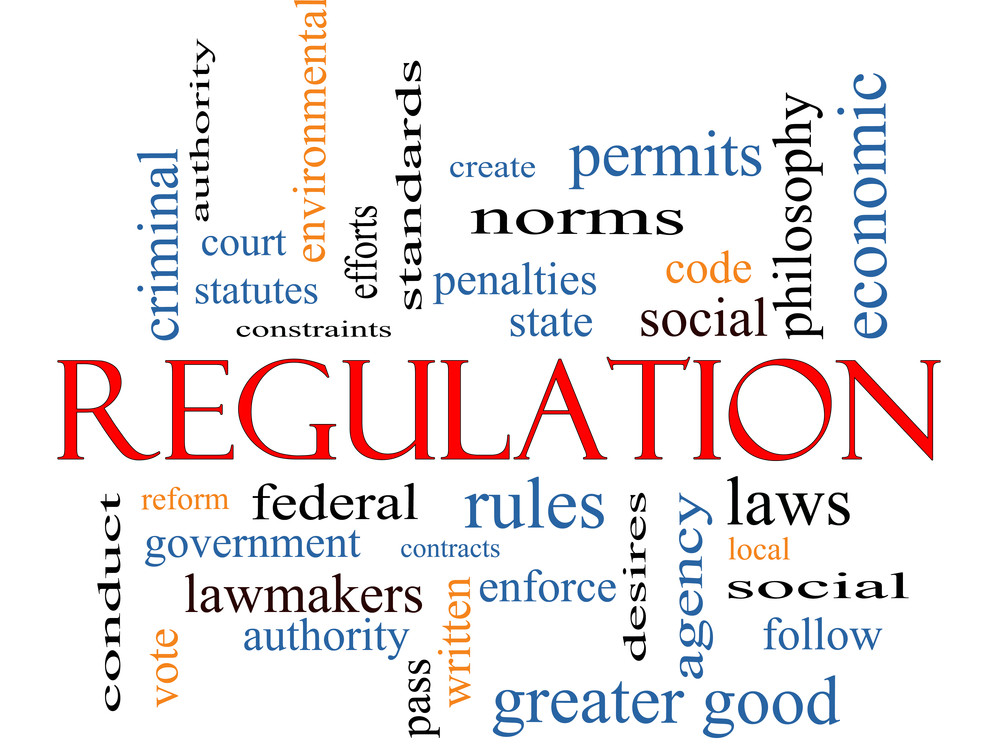The SEC has approved a NASDAQ proposal for an alternative to the current requirement of a $4 per share initial listing bid price on the NASDAQ Capital Market which may affect issuers choosing to go public direct. The use of these alternative listing standards is restricted for issuers engaging in reverse mergers with public shell companies. Unlike reverse merger issuers, issuers under the new alternative listing standards and issuers that conduct direct or underwritten offerings can list on the NASDAQ Capital Market without meeting the $4 per share minimum bid price requirement but must meet the initial listing requirements and new additional requirements.
Net Tangible Asset Tests
• For at least five consecutive business days prior to NASDAQ approval, the security must have a minimum closing price of $3 per share if the issuer meets the Equity or Net Income Standard. The equity standard requires that the issuer have a two year operating history and stockholders’ equity of at least $5 million. Additionally, the issuer’s publicly held shares must have a market value of at least $15 million. The net income standard requires that the issuer have net income from continuing operations of $750,000 in the most recently completed fiscal year or in two of the three most recently completed fiscal years and stockholders’ equity of at least $4 million. Additionally, the issuer’s publicly held shares must have a market value of at least $5 million.
• For at least five consecutive business days prior to NASDAQ approval, the security has a minimum closing price of $2 per share if the issuer meets the Market Value Standard.
• If the issuer has been in continuous operation for at least three years, the issuer must demonstrate that it has net tangible assets in excess of $2 million.
•If the issuer has been in continuous operation for less than three years, the issuer must demonstrate net tangible assets in excess of $5 million.
Even with an average revenue of at least $6 million for the last three years, the issuer could still be listed without meeting the Net Tangible Asset tests above.
Implications for Issuers Conducting Reverse Mergers with Public Shell Companies
NASDAQ has more stringent listing requirements for issuers who have engaged in reverse mergers with public shell companies. These listing requirements included:
•Reverse merger companies must maintain a closing price of $4 per share or higher for at least 30 of the most recent 60 trading days instead of a $4 bid price on a single day to qualify for initial listing; and
•Issuers who have engaged in reverse mergers with public shell companies will be unable to rely upon the alternative listing standards adopted by NASDAQ until after they have filed four annual reports on Form 10-K , for a full year after the reverse merger transaction is completed.
The solution for issuers seeking to list on NASDAQ is for the issuer to file a registration statement under the Securities Act of 1933. If an issuer does not have an underwriter, they can register securities in a direct public offering. Issuers expecting to obtain and maintain DTC need to recognize that it is more difficult if they go public in a reverse merger transaction with a public shell company because of the perceived fraud associated with reverse merger companies.
For further information about this securities law blog post, please contact Brenda Hamilton, Securities Attorney at 101 Plaza Real S, Suite 202 N, Boca Raton Florida, (561) 416-8956, by email at info@securitieslawyer101.com or visit www.reversemergers101.com. This securities law blog post is provided as a general informational service to clients and friends of Hamilton & Associates Law Group. Please note that the prior results discussed herein do not guarantee similar outcomes.
Hamilton & Associates | Securities Lawyers
Brenda Hamilton, Securities Attorney
101 Plaza Real South, Suite 202 North
Boca Raton, Florida 33432
Telephone: (561) 416-8956
Facsimile: (561) 416-2855
www.Reversemergers101.com

